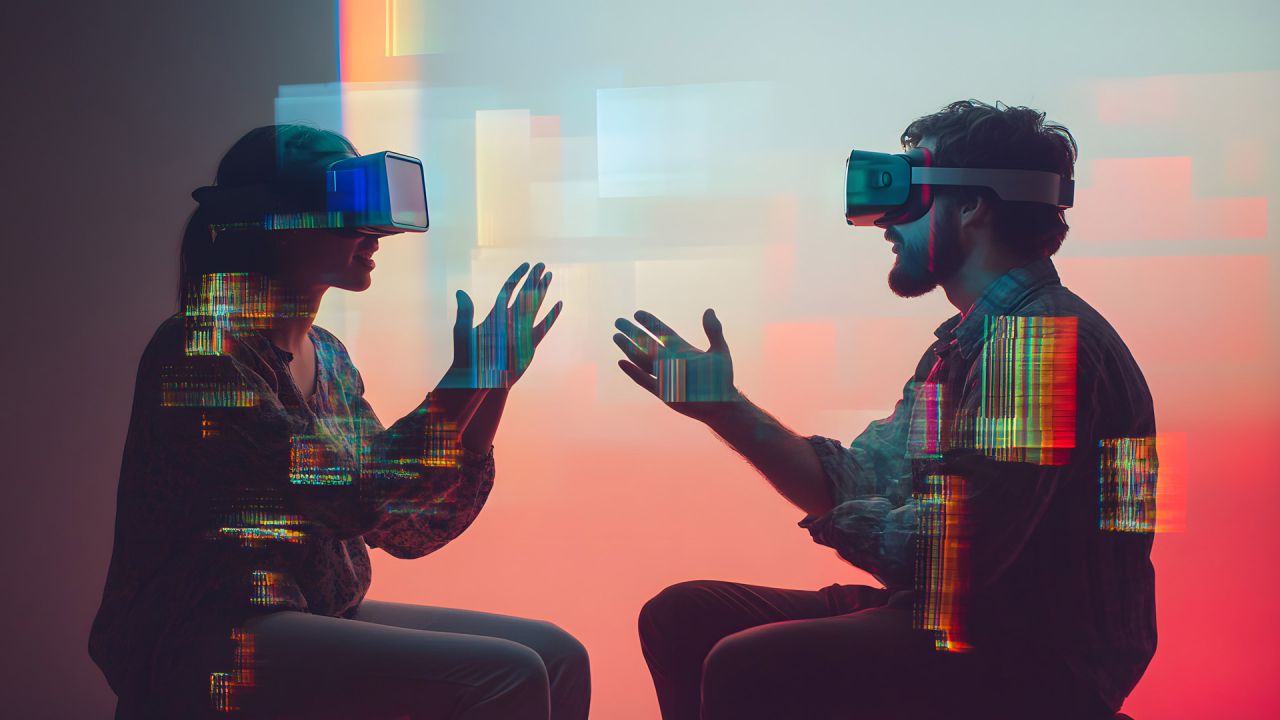Introduction to Virtual Stakeholder Presentations in VR

 Author: Spark Team
Author: Spark Team
Introduction to Virtual Stakeholder Presentations in VR
Introduction to Virtual Stakeholder Presentations in VR
In today's fast-paced business environment, effective communication and collaboration with stakeholders are essential for project success. Virtual Reality (VR) provides an innovative platform for conducting stakeholder presentations, allowing organisations to create immersive and interactive experiences that foster deeper engagement and understanding. Spark Emerging Technologies leverages VR technology to transform how businesses present ideas, gather feedback, and facilitate discussions with stakeholders.
Benefits of Virtual Stakeholder Presentations in VR
Implementing VR for stakeholder presentations offers numerous advantages that improve communication and decision-making:
Immersive Experiences: VR allows stakeholders to engage with 3D models, visualisations, and simulations, providing a true sense of scale and context for complex projects.
Enhanced Engagement: The interactive nature of VR captivates users, making presentations more memorable and impactful compared to traditional methods.
Real-Time Collaboration: Stakeholders can collaborate in real time, exploring ideas and providing feedback within the immersive environment, leading to more productive discussions.
Visual Clarity: VR can effectively communicate intricate details of projects, such as design elements, operational workflows, and environmental impacts, enhancing stakeholder comprehension.
Remote Accessibility: VR presentations can be accessed from anywhere, allowing stakeholders to participate without the constraints of travel, thus broadening participation.
Real-World Applications of Virtual Stakeholder Presentations in VR
Project Proposals: Organisations can use VR to present project proposals to stakeholders, enabling them to visualise the scope and impact of new initiatives.
Urban Planning Meetings: City planners can conduct VR presentations to engage the community in discussions about urban development, zoning changes, and infrastructure projects.
Design Reviews: Architects and designers can present their designs in VR, allowing clients and stakeholders to experience the space before construction begins.
Environmental Impact Assessments: VR can visualise the potential environmental impacts of projects, helping stakeholders understand and address concerns effectively.
Corporate Training and Strategy Sessions: Companies can use VR presentations to train employees and facilitate strategic planning sessions, enhancing understanding and alignment on objectives.
How Spark Emerging Technologies is Leading VR Solutions for Stakeholder Presentations
At Spark Emerging Technologies, we specialise in developing VR solutions that enhance stakeholder engagement and collaboration. Our immersive presentation tools provide organisations with the insights they need to communicate effectively and foster stakeholder buy-in. By collaborating with businesses, government agencies, and community organisations, we create tailored VR applications that address specific presentation challenges.
Addressing Key Challenges with VR Virtual Presentations
User-Friendly Interfaces: Our VR applications feature intuitive designs, ensuring that users can easily navigate and interact with presentation content.
Integration with Presentation Software: We ensure our VR solutions can seamlessly integrate with existing presentation tools and platforms for efficient delivery.
Data Privacy and Security: Protecting sensitive information is crucial; we implement robust security measures to safeguard data collected during VR interactions.
Customisation for Various Industries: Our VR solutions are adaptable and customisable, allowing for deployment across different sectors, from construction to healthcare.
Case Study: VR Stakeholder Presentations for Urban Development
A city government partnered with Spark Emerging Technologies to implement VR stakeholder presentations aimed at enhancing community engagement in urban development projects. The VR platform allowed residents to visualise proposed designs and impacts, facilitating informed discussions and feedback. This initiative resulted in a 50% increase in public participation and improved trust between residents and local officials.
The Role of VR in Advancing Stakeholder Engagement
Virtual stakeholder presentations in VR are transforming how organisations approach communication and collaboration. By providing immersive, interactive experiences, VR enhances understanding and retention of critical project details, leading to improved engagement and informed decision-making. This innovative approach not only streamlines presentation processes but also fosters a culture of transparency and community involvement.
Future of Virtual Stakeholder Presentations in VR
As VR technology continues to evolve, the potential for virtual stakeholder presentation applications will expand significantly. Spark Emerging Technologies is committed to enhancing our VR solutions, anticipating more sophisticated applications that empower organisations to engage deeply with stakeholders. The future promises increasingly interactive and engaging VR experiences that will play a critical role in stakeholder management.
Conclusion
Virtual stakeholder presentations in VR offer innovative solutions for enhancing engagement and collaboration. Spark Emerging Technologies provides cutting-edge VR applications that enable organisations to present ideas and gather feedback effectively. Discover how our VR solutions can transform your stakeholder engagement initiatives—contact Spark Emerging Technologies for a demo today.
Contact Us:
Interested in optimising your stakeholder presentations with VR? Contact Spark Emerging Technologies to schedule a consultation and learn how our solutions can benefit your organisation.
© 2025 All Rights Reserved | Company Reg No. 05327622 | Spark Emerging Technologies Limited





